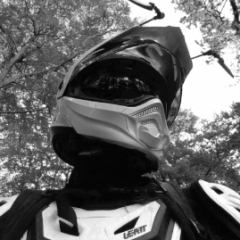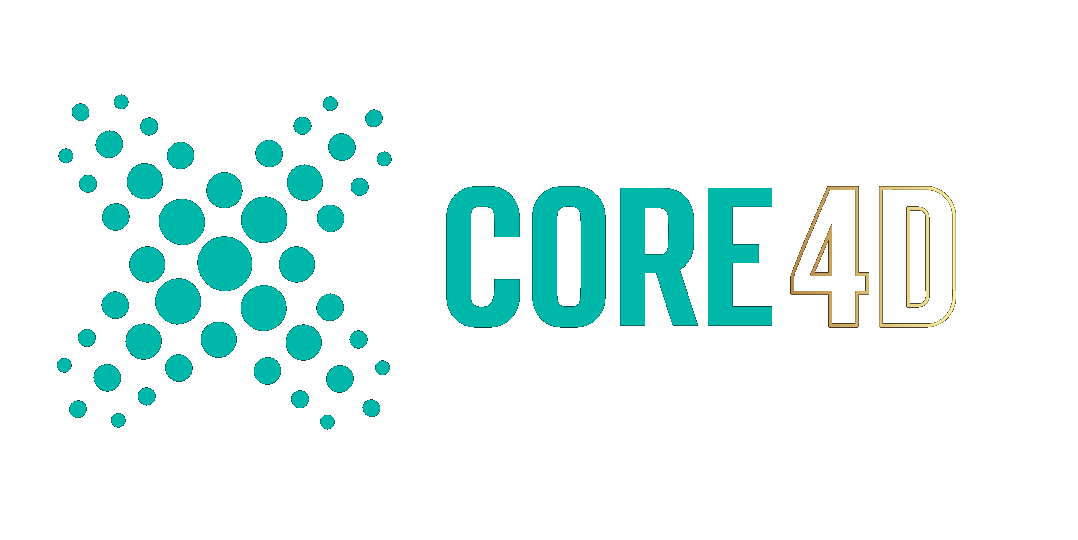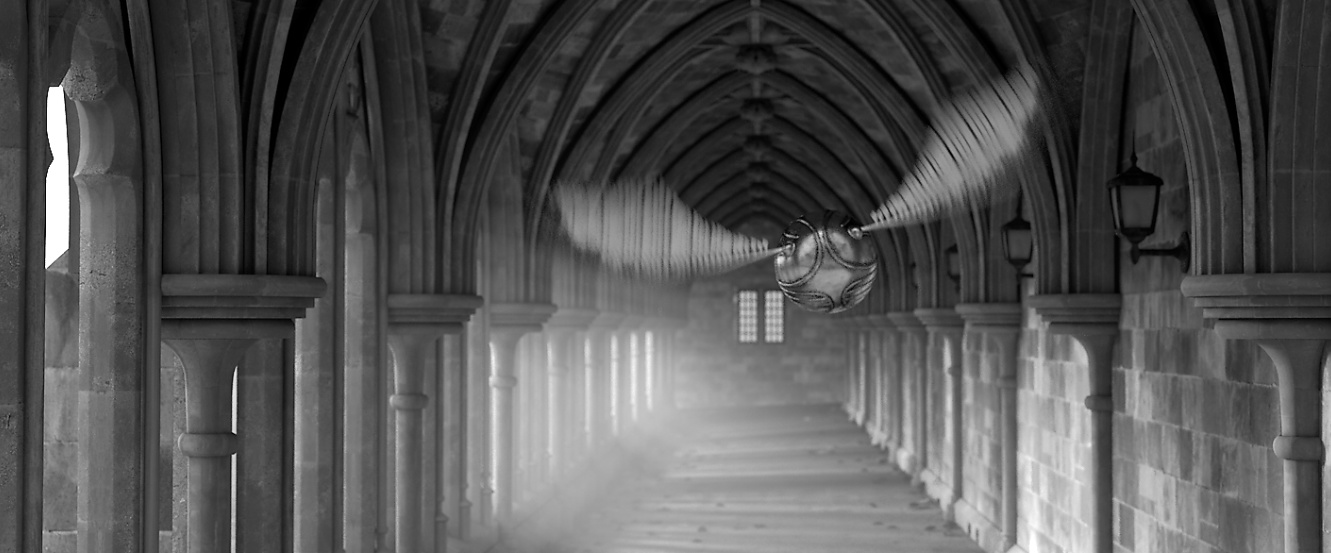-
Posts
17,957 -
Joined
-
Days Won
733
Content Type
Profiles
Blogs
Forums
Gallery
Pipeline Tools
3D Wiki
Plugin List
Store
Downloads
Everything posted by Cerbera
-
I don't understand why what I suggested isn't getting you the result you want. I don't get why you can't just dissolve the extraneous loops of edges; you shouldn't have to delete any polys or re-bridge anything.... CBR
-

Re-adjusting viewport size for widescreen monitor?
Cerbera replied to scifidesigner's topic in Cinema 4D
Don't know. That's one for Maxon support I guess. CBR -
If I understand you correctly (which I am not sure I do)... Edge mode, Move tool, double-click the 2 edges you want to remove (should select the whole loop all way round letter), r-click, dissolve ? CBR
-
I certainly can... There we go... VF cages.c4d CBR
-
Does the slicer app give any indication of what it doesn't like / where the fail points are ? CBR
-
No, we do have a post about that somewhere ! 🙂 Not to knock Nitroman or anything (whose work I generally massively appreciate) but I wasn't that excited by this one to be honest - I wouldn't enjoy modelling that way myself, and I don't like its reliance on remesher, which can be a bit hit or miss, but I do see its usefulness for beginners and those for whom speed and shortcuts are the main priority. CBR
-
I am hesitant to jump into this one not having a 3D printer myself, and I wouldn't presume that I know anything you don't about this, but I was given to understand that as long as the mesh is watertight it doesn't matter what the topology is doing, short of actual error-state polygons that can't be interpreted as a viable surface properly by the slicer software. In the absence of any pics or the file, f I had to predict what might be going wrong I would suspect the booleans first, especially if they are layered. But again, I am sure you know every trick I do to try and stop booles failing, and I imagine you can't get sharp enough results out of the volume builder, so it is difficult to know what else to suggest here. Bizarrely the thing that first occurs to me is to remesh it in Zbrush where the extended functionality of Z-remesher might be able to hold on to your hard edges in a way it currently can't in Cinema ? CBR
-
Good to have a post about it as it's an easy one to miss ! Whilst we are talking about arrow functionality, another one people sometimes miss is that we can use them with the move tool to move models by the quantize amount in the viewport - up-down-left-right kinda thing, with shift adding the Z axis. CBR
-
I might retitle this, as you are actually talking about 'cage geometry' which doesn't have anything to do with transparency. I don't have Ricochet, but feel sure that any plugin by CS and team will have options for thinning out and controlling the density and distribution of the connecting splines - are you sure you have exhausted all the options and possibilities within its settings ? But if you are sure Ricochet isn't the answer then there are other things to try. 1. Atom Array Dropping any model under this generator will give you generated sweeps on all the polygon edges and spheres on all the junctions, making reasonably nicely displaying 'cage' geometry. If the spheres are minimized in size you can make them almost invisible if that suits your plans more. This can get you the sort of look you want, and its greatest strength is that is entirely geo-dependent, which means you can design every aspect of it, but can't do any internal connections unless there is geometry there also. So whilst I think this might be useful to you just be aware you would have to create additional models inside that mesh to get an inner structure, and the connections between inner and outer structures might have to be made manually, which is no great stress if you use spline and point snapping... 2. Cloned nulls + Tracer If you clone some nulls to the surface of your model, then you could setup multiple tracers to connect pairs of them, which would give you a lot of control over how many connections there were, and where they appeared... 3. Voronoi Fracture For a completely different kind of cage, and to have some internal geometry created for you, you could try VF and various hull / invert settings... That gives you a rather unattractive webby-type look (left, below) but you can also not invert it, and then just Atom Array the original Fracture to get the sort of result in the middle... There's a lot of ways to control the source objects that affect that internal geo so I would spend quite a lot of time playing with this. If you want less organic and more straight-form structures, use matrixes, splines, planes or primitives as point sources. On the right below that's a matrix driving the VF, giving you more scaffolding-like results. By simply adjusting the density of a Matrix for example, and adding another Atom Array to the main geo as well we can get some very High quality truss-like forms... I'm sure there will be other ways too, but this should give you some ideas to be going along with... CBR
-

Re-adjusting viewport size for widescreen monitor?
Cerbera replied to scifidesigner's topic in Cinema 4D
You might need to find / alter this option under Viewport Display in preferences... CBR -
This is the sort of very simple shape that could be easily modelled properly with regular SDS modelling techniques, which would also make it perfectly smoothable and about 100 times more efficient ! CBR
-
Funnily enough I had almost exactly the same experience when someone hired me to remodel the Batman car for an Ad recently. Found a perfect base for $2 on TS, and then spent all the budget updating, improving and re-meshing it. It was similarly upsetting in its original state 🙂 But, in the absence of any references showing me actual measurements, and the quick turnaround they wanted it was very helpful to have it there to improve ! Even a model that is properly awful, and needs redoing from scratch can still be useful if it shows us the correct proportions / silhouettes or can be used as a base for easy retopology... CBR
-
You don't seem to be acknowledging the way generators work in Cinema. The Extrude Object ONLY works with splines as its children - not splines in sweeps or other generators - JUST splines. You have a complex network of polygon objects and other generators under the extrude in that scene, so you are simply not giving it what it needs to work ! This what a valid extrude hierarchy looks like... which will give this result... (make sure you tick hierarchical in Extrude so it reads all the child objects) Now, if you want sweeps of those splines as well that's fine, but you should use copies or instances of the splines to make those rather than trying to lump them all into the same hierarchy. Any thickness you may be trying to add with Cloth SDS should be ABOVE the Extrude object in the OM, and never a child of it. CBR
-
No, it has always been that way. When you first add a keyframe you do so by hitting the diamond next to the parameter you are animating, but if you select an existing keyframe you see its properties in the attributes manager. However if you are on a frame where there is keyframe in the timeline, and still viewing the attributes of that object you can also update the parameter there, and hit the diamond to update the key. CBR
-

Sculpting not working on parts of model? C4d R26
Cerbera replied to MickeyMilano's topic in Cinema 4D
Couple of problems here. Sculpting is working, but parts of your mesh are not ! 🙂 The first is the normal direction of the polys in the waistcoat, which are wrong (blue), and therefore you won't be able to sculpt on the front sides of these meshes until those are fixed by selecting the wrong polys (I think it's all of them, so Ctrl-A) and finding Reverse Normals from the r-click menu. The shirt has a similar problem caused by it having no actual thickness, which means we see in the inverted normals in the folded collar area as well. Secondly, because all these meshes are a single object, sculpting them on an individual basis will be extremely difficult and it will be almost impossible to avoid one section intersecting another. I would seriously suggest splitting the model into its various parts to allow you to sculpt each mesh alone, which will get you much more control over the individual parts and should prevent you moving other bits unintentionally. I also notice you have activated sculpting but only at Level 0, with no subdivision, which is unusual. Lastly, you are making life very difficult for yourself by having mesh inside mesh inside mesh. The rather superior approach is to not have any body mesh under clothes unless those clothes will be removed during any subsequent animation. So, there is no need for actual poly arms, chest or torso if it is hidden by clothing. Likewise there is no need to model the whole shirt when the vast majority of it is covered by waistcoat ! So really, the body mesh here should consist of the head, down to just under the neckline, and the hands - the rest of it is covered by clothing or shoes, and all the time it is there is just an additional intersection risk for you with every modelling or sculpting tool you deploy on it, and when it moves later when rigged, if that is what you will be doing with it. CBR -
It isn't possible AFAIK, without 'save project with assets', which will put a copy of it in a tex folder in the root of the project directory. I don't think Maxon want people wholesale getting their download-only bitmaps out of there. CBR
-

How to lock a plane to a pin connected to a gridline?
Cerbera replied to Iseah Osbourne's topic in Cinema 4D
I don't know why that is not working for you I'm afraid. Best do a support ticket with Maxon about that - it may be a bug. CBR -
Yeah - you leave a quite a lot to chance if you try and do this with displacement. I would suspect it is going to be tricky to get a flawless result using this method because displacement requires even geometry which your base mesh is not providing at the moment. The layout of your UVs, where you have appear to have relaxed the polys that make up the sides of the strap holes into the space where the hole should be - I bet that is causing at least some of the problems - I don't think the ridges should extend to the sides of those holes, yet are being told to do so by your UV. So one suggestion would be to split off the UVs that comprise the sides of those holes, and move them somewhere on the UV map where displacement is not applied, which should leave them smooth. Without your files I am uncertain if this is the complete solution. What I would do, on the other hand, is just bin off the displacement altogether and model it properly, grooves and all, meaning that we can very specifically direct the topology to get a much nicer / more predictable result. If we use sufficient poly density we can probably get away without control loops, or can handle those with edge weighting instead. Modelling it might not be as difficult as you may be imagining - you can use symmetry so you only have to model half, and the only thing you have to pay attention to is that your topology around the hole allows the continuance of those grooves - I modelled a single section below so you can see what I mean... CBR
-
Ok, that second scene makes it a lot clearer what the problems with the first one were. First of all - turn the subdivision down in the Cloth Surface - having L5 (or L7 like your first scene) in there is a completely ridiculous value and is the entire reason the scene is horribly slow and memory intensive. That should be no higher than L2, if it is needed at all, which it probably isn't. Also you should know that this subdivision is not doing anything good here, whatever level it's on, because the topology of the text is both uneven and triangulated because the intermediate points in the spline and caps settings in the Extrude are not optimal either. However all that aside, your animation IS doing what you told it to do. There are 2 keyframes on that object, and they work; text starts one thickness, and reduces from there until next keyframe. There are no additional keyframes, so it stays there. If I add another keyframe after that, inflating it again, that also works for me ! So, still a bit unclear about what you think isn't working here... CBR

